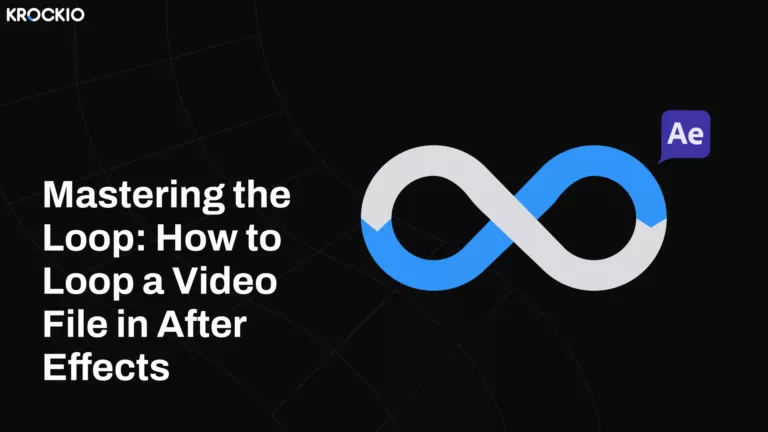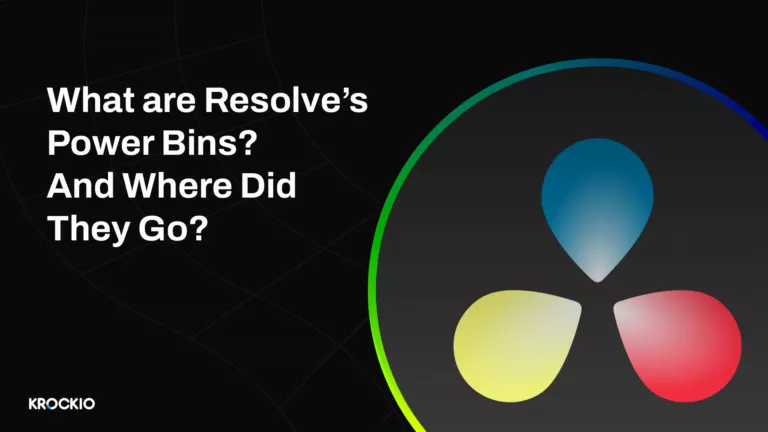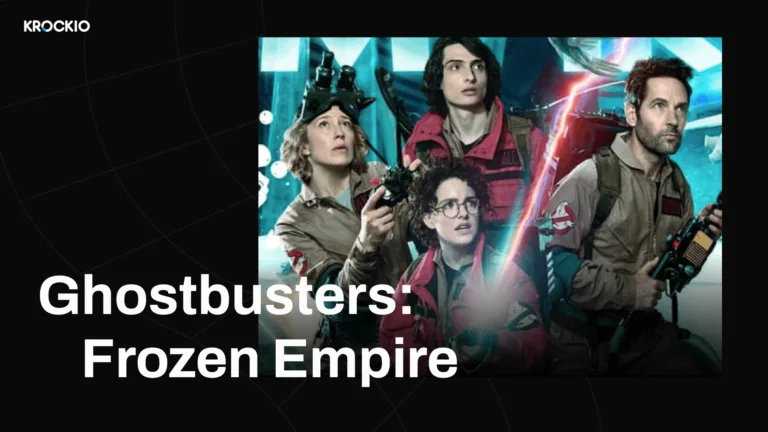The perfect design is always a result of perfect teamwork. And the components of this very perfection are basically details of a unique magic formula that is developed by each team. It’s quite easy to take a look at a promo video, for example, and notice how well it’s made, but what about the actual evaluation of its efficiency? How to measure it? User satisfaction, conversion rate, reviews, feedback, and efficient design come out of a precise and well-thought-out design process that involves many team members. This process is not only difficult but also interesting, complex, and constantly requires new solutions to become more efficient.
This article will help you learn more about the concept and importance of a proper video design process, and give you some tips about how to make it simpler.
Why does a collaborative design process so time-consuming?
Because it’s goal-oriented. Each piece to be designed will directly interact with many people, so the process of its design is based on human psychological matters:
- Look & feel
- Emotional design
- WOW effect, and others.
When working on the visual design, either static or a video one, the team looks at it from the metrical point of view — it’s not just a creative chaotic process but rather a systematic one:
- User-friendly
- Practical
- Original
- Interactive
- Cost-efficient
Who is involved in the collaborative design process?
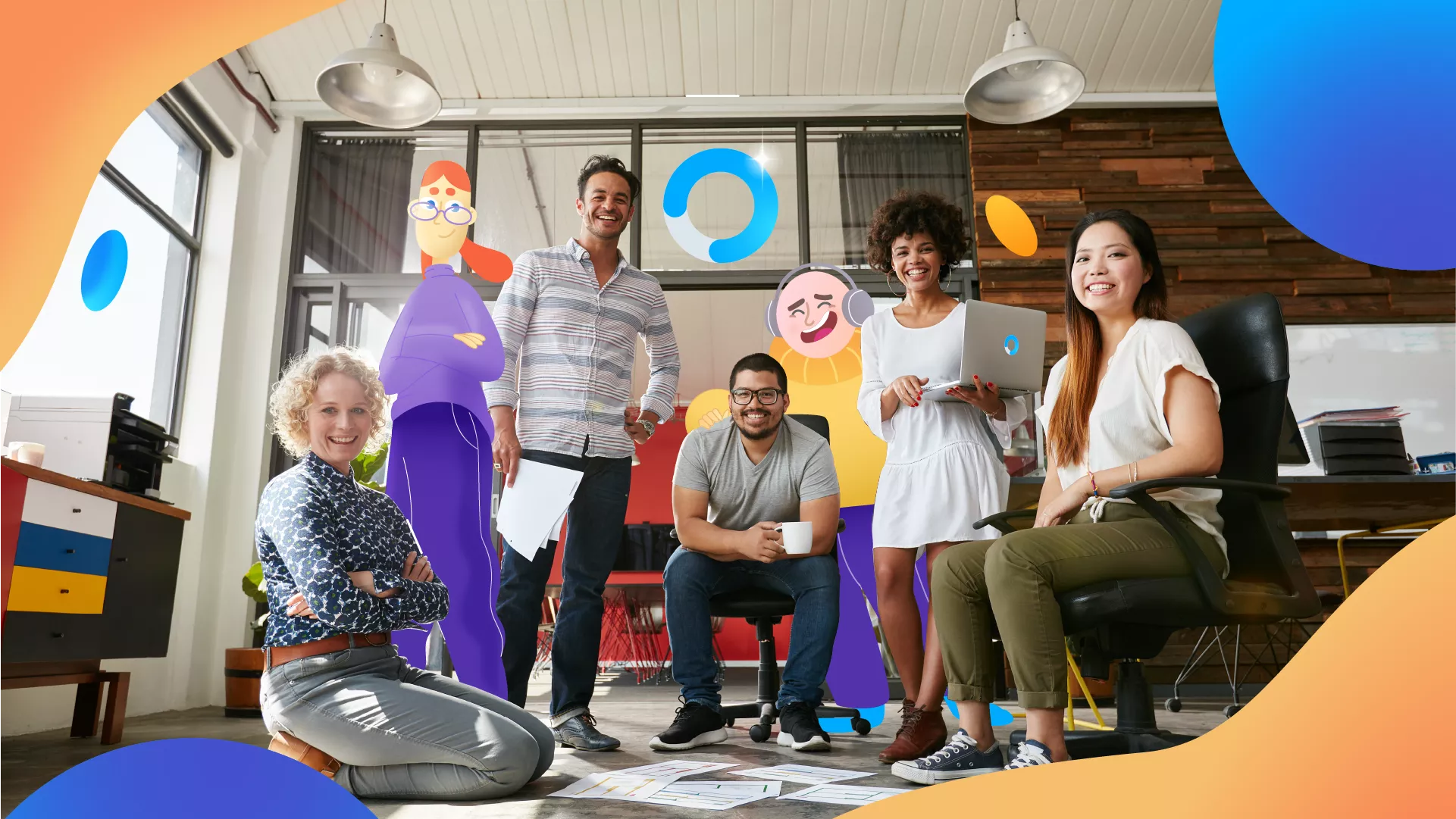
Who are the members of the design team?
Experts taking part in the design process vary depending on the project and its goal. The team members usually include the following specialists:
- Designer(s) (UX, UI, Product, Interaction)
- Researcher(s)
- Business analyst(s)
- Manager(s)
- The creative director(s)
- Writer(s) Developer(s)
- Project lead(s), and other experts.
Yes, the whole project is split into stages and not all experts are involved at each stage, but it’s still not a process that you could call simple.
What is a well-designed video?
Let’s take a closer look at the criteria of a well-made video that are so important at each stage of the video-making process.
Focus
The video should have a clear element (or few) that people who watch it can focus on.
Color, sign, shape, character, something has to stand out and have visual weight.
Direction
The main power of the video format is the ability to guide viewers—show them the way and help them get to the point. This is why a good video features a clear hierarchy of elements to help people understand the sequence of their importance.
Balance
Symmetry is a friend of good design. All elements should be balanced and aligned respectfully. Fonts If there’s text in the video, then choosing the right font is an important task. Usually, the best solution is to use the brand font, but sometimes it does not fit the video format. It is crucial to work on the font to match the general style and all the separate elements of the video. Contrast & Colors Colors have an emotional, psychological, and cultural impact on the viewer. They directly affect their mood and the general impression of the video. Contrast, in its turn, helps put accents on and highlight the most important elements.
Mood
Colors, elements, music, fonts, and all those features shape the mood of the video. It can be playful or serious, motivating or sophisticated. The mood must match the goal of the video.
Format
The technical features of the video should match the technical requirements & the brief completed at the very first stage of the video-making process. The quality of the video should match the requirements of the platforms where it’s going to be published.
What is collaborative design & why is it useful in the video-making process?
The process of collaborative design starts from briefing the client or your idea & brainstorming on its implementation, proceeds to detailed planning of the process and tasks allocation, and covers the whole process of video creation, including strategic steps.
The main difference from classic non-collaborative design processes is that to transform the idea into video, all experts are involved at multiple stages.
- The whole team shares the same vision and goal, so the result is what everybody expects.
- Team engagement rate is higher when they collaborate and know they will directly affect the final result.
- The final videos made by collaborative teams are usually more creative, innovative, and artistic than those created with classic processes.
- There are fewer arguments and discussions at the final stage of the project when people are working on the project collaboratively it’s easier for them to agree on the final result.
How to make the process of collaborative design smoother?
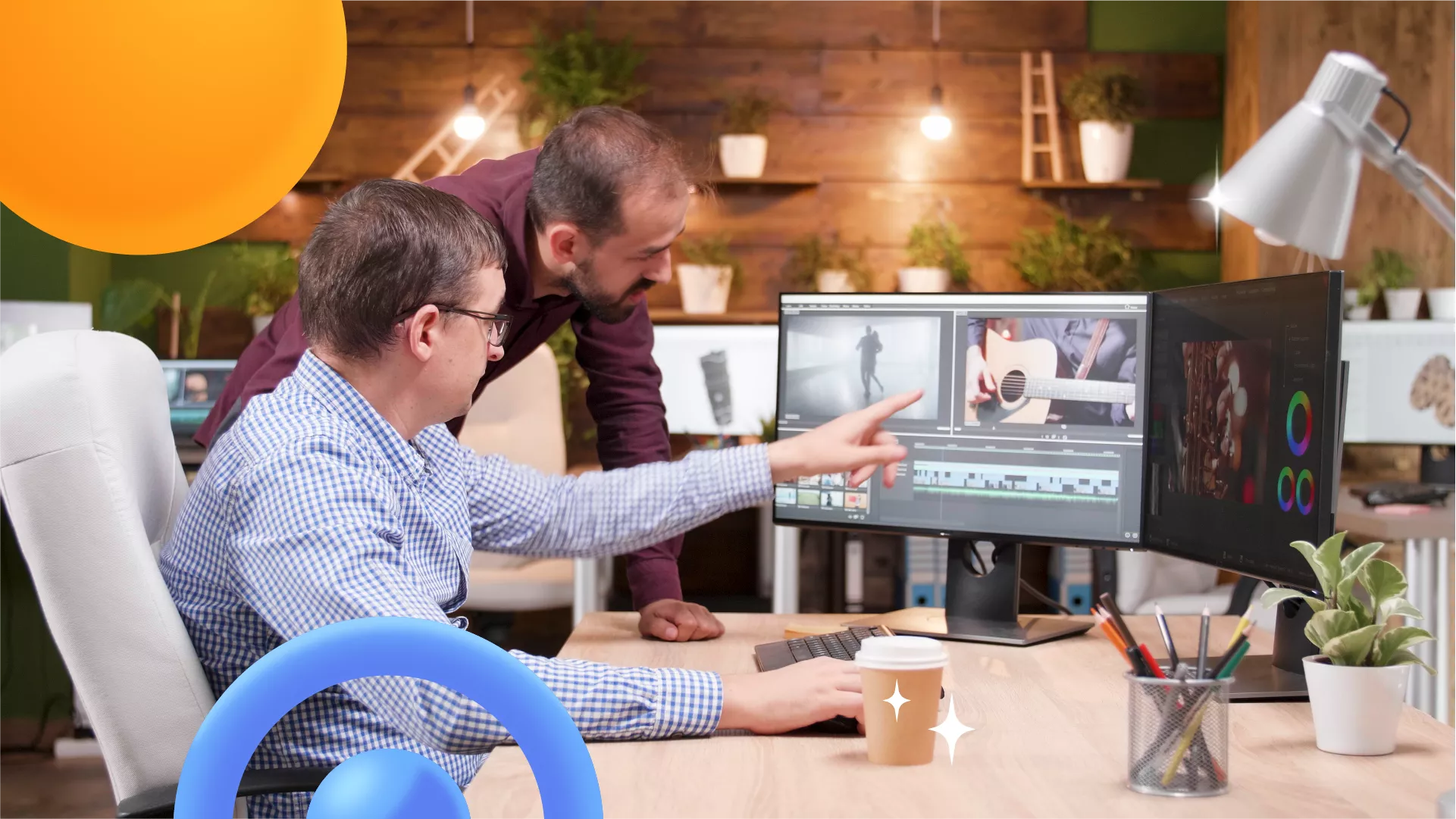
How to simplify the collaborative process of video design
Strategic and precise planning is the basic requirement of the collaborative design process. There are 5 main points to keep in mind when working on it to make it smooth and simple.
Research stage
This stage concerns the analysis of the problem and the detailed definition of design goals. Take into account the needs of the client and the needs of the target audience and only then move to the process planning. The plan itself will depend on the project budget, time limits, and accessibility of the experts needed.
Analysis
Non-collaborative processes usually start immediately with analysis, but a collaborative process moves to this stage only after the research is completed. The analysis considers all the data gathered at the previous stage and looks for the required assets to create the necessary video.
Sketching
When the general idea and all the necessary information have been collected, processed, and decided on, it is high time to turn information and ideas into concepts. Do not forget to actively collaborate, involving technical experts, developers, and all those specialists that will work on the concept’s implementation further. Their professional comments and ideas must be taken into consideration before the sketch is completed and sent for production.
Production & post-production
Well-prepared production is usually an active process that goes smoothly when everybody knows what they are doing and understands the value of their work. The better production is organized, the easier post-production goes when the video is put together from all the prepared elements. It is difficult to choose among video-making platforms the one that can make production and post-production smooth and easy. Krock’s software helps collaborate on a video with all the participants of the project in comfort and without wasting their time, and this way makes simple video revisions.
Reviewing & testing
Using Krock’s tool, your team will be able to easily revise, review, and implement final edits to your video to make it as perfect as you have planned it to be. So it would fit the initial goal and vision of the client, have no flaws, and work! In case there’s a possibility to get some feedback from the test target group, it will also be a pro to make sure your video is finalized and approved. Engage your team in a collaborative design process and create products that stand out. Use the best tools and software available to make this process smooth and pleasant. Perfect results are the only option when your approach is flexible, professional, and well prepared.





